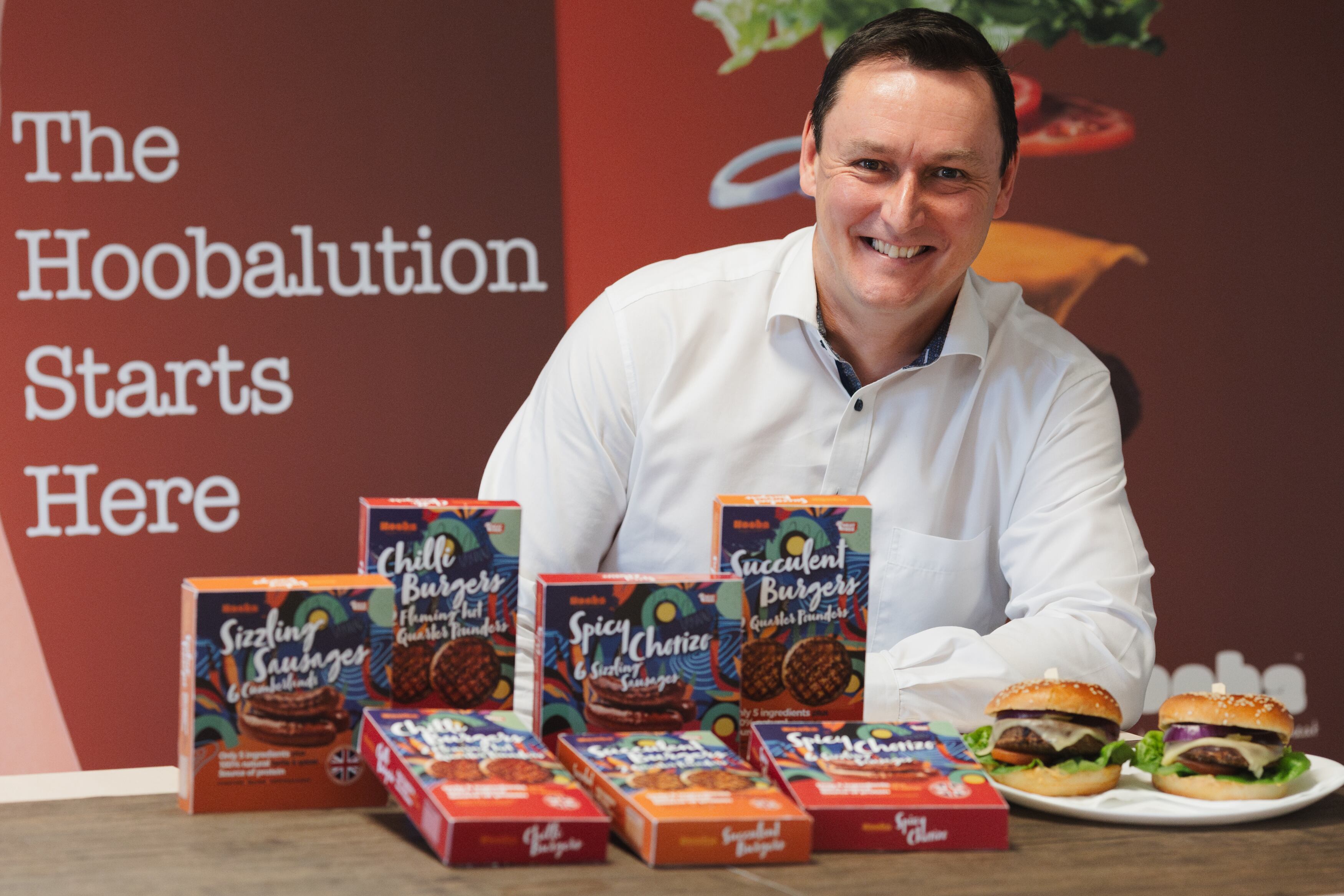In Texas, they say everything is bigger – especially their appetites. But maybe not if the food was grown in lab.
Lawmakers in the US state banned lab grown meat in June, making it the seventh US state to do so – although given Texas’ meat industry is worth around £15 billion a year, perhaps it shouldn’t be too surprising.
Yet even for beef-loving cowboys, it feels like any ban is merely keeping the wolves at bay. Lab grown food is the future. It has to be, as otherwise we are all in big trouble.
Mankind produces way too much meat. The United Nations has flagged it as a key driver of global warming, with meat production producing as much as 35% of out planet’s methane.
Unless we slow down, we’ll soon have to colonise another planet to maintain current production levels.
As such the potential for lab grown meat can’t be understated. It isn’t hyperbole to suggest it could help save Earth and despite the American resistance, other countries are embracing it.
Just recently, Australia gave lab grown grub the green light. And in late 2024, applications were lodged with the Food Standards Agency in the UK to produce lab grown steak, chicken and even foie gras.
Yet currently, a mere 0.0001% of the 5.3 million metric tonnes of meat produced globally each year is lab grown. The infrastructure for widespread lab grown meat production just isn’t there yet. However, the problems it aims to fix sadly are.
Besides ramping up greenhouse emissions, traditional meat production fuels everything from deforestation to soil degradation. In summary, it hurts the planet and our hope is that one day lab grown food can help banish it to the past.
Having said that, I believe that the widespread implementation of lab grown food is about 20 years away. So, until that point comes, we need to find different ways of moving away from farmed meat – and slapping the brakes on global warming.
At my company, Myco Foods, we’ve developed a plant-based protein called Hooba. One of Hooba’s unique features is that it can be blended with animal mince to create a hybrid 50/50 protein.
We believe that this is a genuine gamechanger and could plug the gap until lab meat can permanently fix it. By merging plant and animal protein, you could cut out 1.5 million of carbon emissions in the UK alone each year, catapulting the country towards its 2025 net zero target. And it is also a realistic approach.
While plant-based diets are on the rise (especially within younger adults) we are still largely a nation of carnivores. Polling by YouGov shows that almost three in four adults are still regular meat eaters.
That can’t be changed overnight, and at Myco Foods, we realise the biggest benefit to the planet will be if we work with the meat industry and not against it, which makes our 50/50 ‘Save the Earth’ range the most sensible stepping stone.
The good news? Be it hybrid proteins, lab-based food or any of the other innovations seemingly popping up on a weekly basis, efforts are being made across the food industry to ensure we are part of the climate crisis’ solution – rather than as the problem.
But the climate crisis won’t be fixed under a microscope – and the window for action is narrowing.



